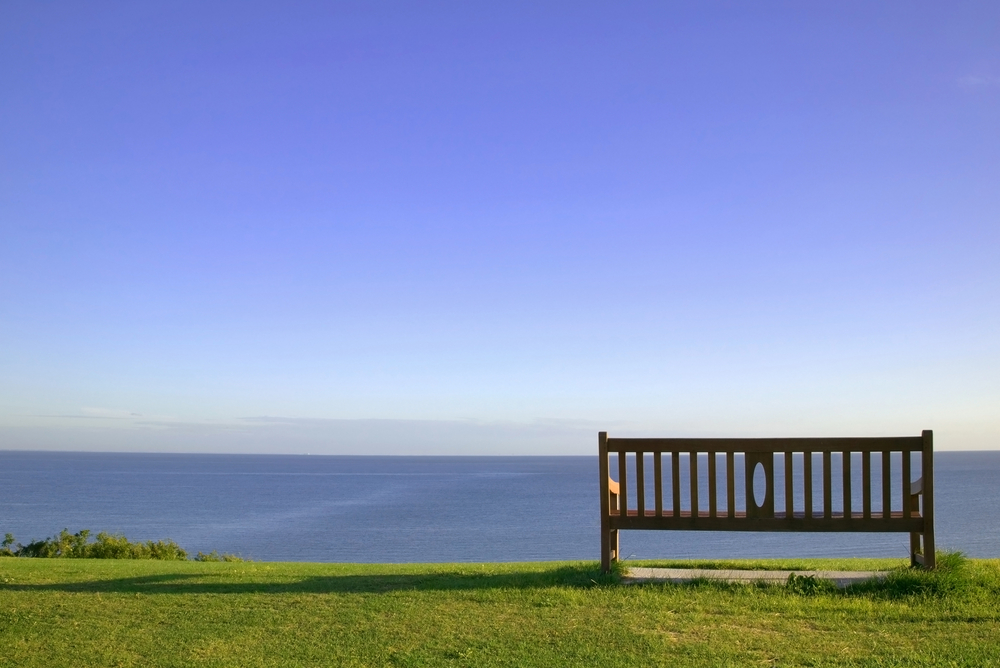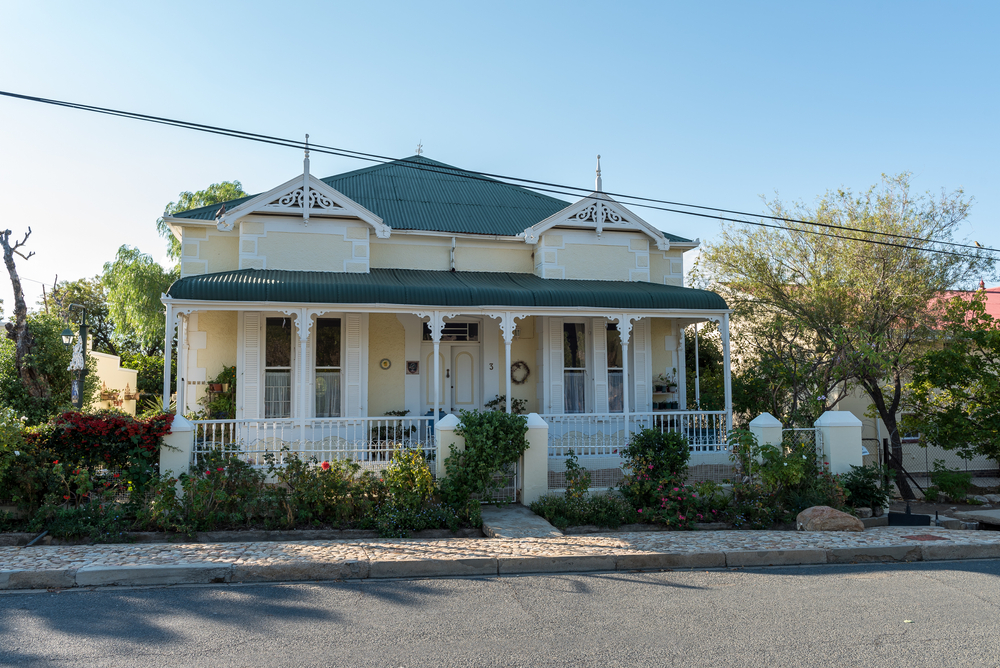Coastal cities in Australia present both incredible opportunities and unique challenges for urban planners. The blend of salty air, intense sunlight, and high humidity can wreak havoc on public infrastructure—especially bus shelters, commercial outdoor benches, and other essential amenities. That’s why councils and designers in coastal towns must work closely with street and park furniture manufacturers to ensure every installation is made to last, even under the harshest seaside conditions.
From material selection to long-term maintenance strategies, every detail counts when it comes to protecting public investments and creating vibrant, resilient urban environments by the sea.
Why Coastal Environments Pose a Challenge
From Bondi to Fremantle, Australia’s coastal towns and cities are exposed to extreme weather elements. Salt-laden air accelerates corrosion, especially in metals. UV exposure can crack plastics and fade finishes. And persistent humidity can degrade timber and promote mould or mildew. Together, these factors shorten the life span of poorly chosen urban furniture—forcing councils and urban planners into frequent repairs or replacements.
Choosing the Right Materials for the Coast
Selecting materials designed to withstand coastal conditions is crucial. Marine-grade stainless steel, anodised aluminium, UV-stabilised plastics, and recycled composite materials all offer impressive resistance to corrosion, fading, and structural weakening. Timber can still be used in coastal towns, but it must be properly sealed and maintained. Many park furniture manufacturers offer product lines specifically designed for high-exposure environments.
Look for finishes that protect against rust and UV damage, and opt for rounded edges and simple forms that are easier to clean and maintain. Anti-graffiti coatings also provide an added layer of protection in busy tourist hubs.
High-Priority Park & Street Furniture for Coastal Areas
Not all urban furniture is equally essential in every setting. In coastal cities, some pieces provide more utility than others:
Commercial outdoor benches: These offer rest points along beachside walkways, boardwalks, and lookouts. Opt for ergonomic designs with built-in shade elements or integration with natural surroundings.
Bus shelters: In beach suburbs with heavy foot traffic and limited car parking, buses and other public transport systems are a popular option. Shelters must be durable, weather-resistant, and allow for airflow without sacrificing sun or rain protection.
Bicycle racks and water fountains: Also crucial additions in active beachside cities, where cycling and walking are commonplace.
On the other hand, certain pieces like decorative elements or high-maintenance timber designs may not justify the upkeep in exposed areas and can be deprioritised.
Maintenance Tips to Extend Longevity
Even with the right materials, ongoing care is still necessary. Councils should:
- Establish regular cleaning schedules to remove salt build-up.
- Conduct frequent inspections to identify early signs of corrosion or wear.
- Reapply protective coatings periodically to high-contact surfaces.
- Use modular parts for easy replacement of damaged sections.
Proactive maintenance reduces costs in the long run and keeps coastal cityscapes looking clean, safe, and welcoming to locals and tourists alike.
Working With the Right Manufacturer Makes All the Difference
Partnering with park and street furniture manufacturers who understand the realities of Australian coastal conditions is key. These suppliers offer products engineered specifically for salty, sun-drenched environments and often provide customisable options tailored to each city’s character.
Many also handle full design, manufacturing, and installation services, giving councils better control over quality, budgeting, and long-term performance. This end-to-end approach minimises outsourcing and supports local jobs—an added win for Aussie cities.
Designing for the Future of Coastal Cities
As climate change increases the volatility of coastal conditions—think stronger storms, rising tides, and hotter summers—resilient infrastructure becomes more important than ever.
Commercial outdoor benches, bus shelters, and other public amenities must now be designed not just for comfort and function, but to withstand a challenging natural environment. By working with experienced street and park furniture manufacturers and investing in durable, sustainable products, coastal councils can protect their investments, support tourism, and maintain safe, functional, and beautiful public spaces for generations to come.





